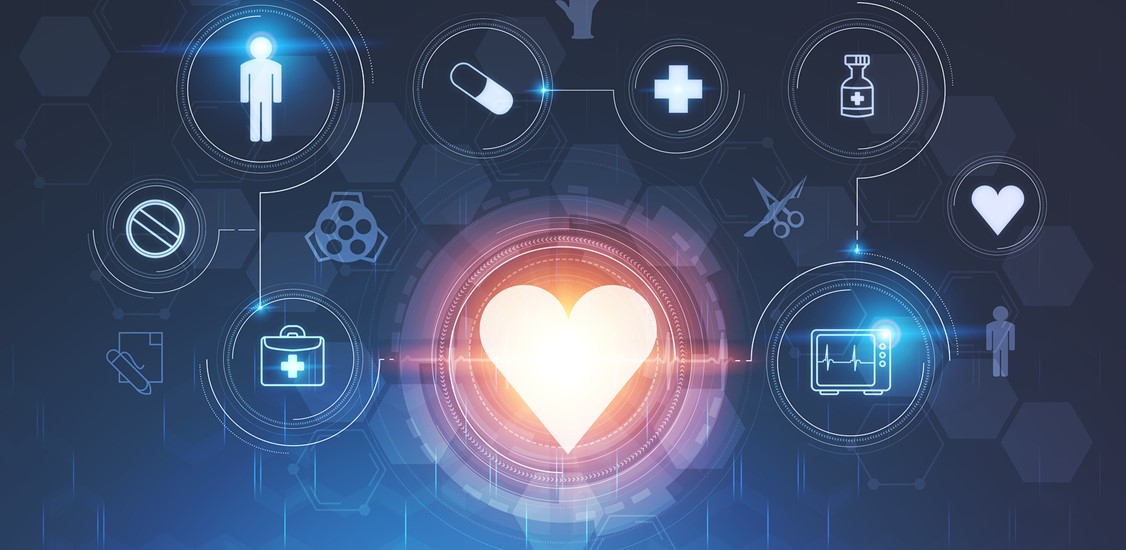While 2020 forced many industries to focus on survival, for cable the COVID-19 pandemic highlighted the essential and sometimes lifesaving nature of our work. It also drove the industry forward toward new innovations. As we move into the new year, we can expect to see more industries shift perspective - from survival to recovery - and some of the long-term effects of the pandemic take shape, especially those related to healthcare.
COVID-19 put a spotlight on the healthcare industry and forced many to consider how the industry must evolve to care for patients not only in medical facilities, but also beyond their walls. In the wake of the pandemic, and against the backdrop of a rapidly aging population, the increasing prevalence of chronic diseases, and rising healthcare costs, I expect 2021 to deliver technological advances built on rapidly expanding broadband connectivity that will fuel the growth and adoption of telehealth and telemedicine services, support new medical technologies, and increase the capabilities of connected healthcare.
#1: Network advancements will cement and expand the use of telehealth and telemedicine
While it will take years to fully embrace the potential of connected health, 2021 will be a pivotal year for the healthcare industry as we emerge from this pandemic. COVID-19 tested the healthcare system, demonstrated its adaptability, and proved the benefits and feasibility of offering remote care. With the rapid onslaught of the pandemic in March 2020, many medical providers were forced into using improvised solutions, and yet telehealth usage skyrocketed.
Using reliable connectivity, telehealth capabilities transformed people’s living rooms into an extension of the healthcare facility and allowed patients to seek care without visiting overtaxed medical facilities or risking unnecessary exposure. Not only did patients largely embrace these services, but for the first time the federal government authorized the use of telehealth for Medicare patients.
In 2021, this expansion of telehealth services is expected to mature and new options for remote patient monitoring will likely roll out. These types of services will allow medical personnel to monitor for potential chronic illness emergencies, help patients avoid unnecessary emergency room visits, and provide a full range of care for patients in their own homes - but they must be supported by reliable, secure, low-latency cable networks.
Security and latency will be key factors for ensuring telehealth and telemedicine evolve from ad-hoc solutions to a significant pillar of modern healthcare. With the introduction of DOCSIS 4.0 and advancements being made toward 10G, cable’s next-gen broadband platform, cable networks are uniquely positioned to offer the features that healthcare applications will require.

Mark Dzuban,
President
& CEO,
SCTE•ISBE
As part of this trend, I also expect to see more cable companies partnering with healthcare companies - as Cox and Trapollo did several years ago - to bring reliable and scalable telehealth solutions to market.
#2: New medical technologies will rely on advanced cable networks
Hospitals and other healthcare facilities already rely on strong, secure networks for everything from basic facility operations to supporting critical care. The reliance on fast, reliable networks within medical facilities and in patients’ homes will become more pronounced with the rapid adoption of new, HIPAA-compliant medical technologies in 2021 and beyond.
While currently limited in scope, the industry is beginning to use virtual reality (VR) to allow neurosurgeons to visualize a patient’s anatomy in 3D and simulate surgery before making a single incision. These types of immersive experiences will scale up in the year ahead. As that happens, high-capacity, low-latency networks will be needed to support the massive amounts of data required for leveraging these technologies. As we move toward realizing the promises of 10G, we will see the advancement of such advanced medical technologies.
In fact, the 10G platform is also poised to offer the reliability and security required for solutions like remote dialysis which requires advanced networks both within the medical facility and within the home, and scaling of technologies that provide the capacity for clinicians to detect signs of stroke or jaundice via high-resolution video. Additionally, connected solutions including smart medicines, wearables, artificial intelligence, remote exams, an array of IoT sensors, and other technologies that rely on broadband and Wi-Fi are also expected to make strides in 2021.
#3: Cable and healthcare will work together to advance interoperability
In 2021, expect to see greater collaboration between the cable and healthcare industries to advance medical device interoperability. In the wake of the pandemic when healthcare facilities will be looking for improved efficiencies, interoperability will play an increasingly important role in healthcare settings. It has been estimated that more than $30 billion in savings could be achieved annually by addressing medical device interoperability - savings that will be essential as the industry emerges from this pandemic.
New connected devices are being rolled out to respond to challenges related to everything from workflow to hand hygiene, and from contact tracing to nurse call solutions, and so much more. Interoperability between these devices empowers staff to securely and seamlessly exchange sensitive data and information among connected devices and systems. Currently new applications are being designed to interoperate with the lowest common network, but moving ahead they will need to be designed to be intelligent enough to select and take advantage of the capabilities of 10G.
With cable’s expertise in device interoperability, security and certification, the industry can provide invaluable support to the medical field as it works to solve interoperability challenges. In industry working groups both in cable and in the medical fields, these cross-industry collaborations will make strides in 2021 to create concrete roadmaps and develop standards to support and scale medical device interoperability.
If 2021 follows any of the patterns of 2020, making predictions about the year ahead may be futile. That said, I feel confident that 2021 will be a year in which the stress placed on the healthcare and cable industries in 2020 will result in new innovations that will advance patient care.




















